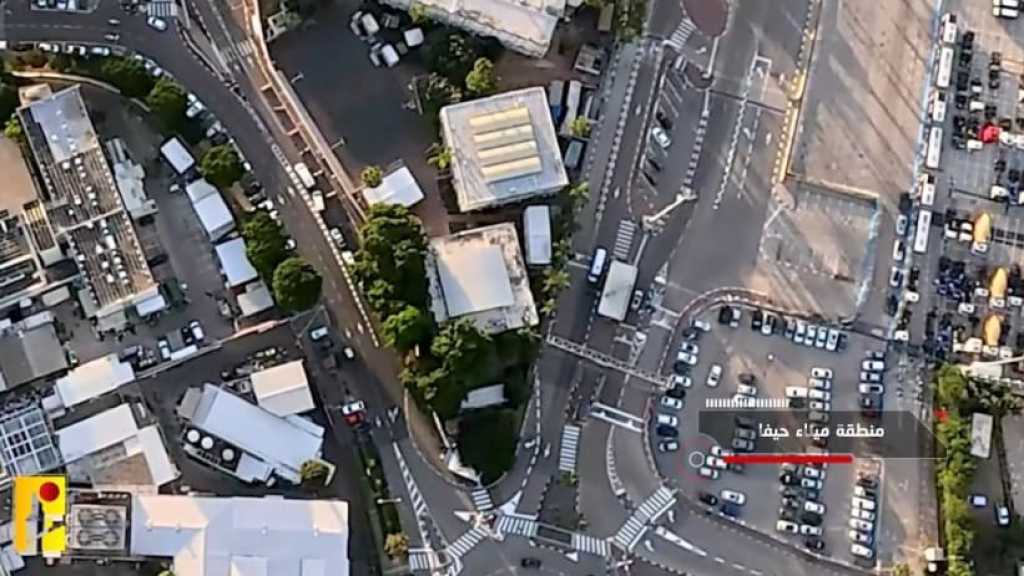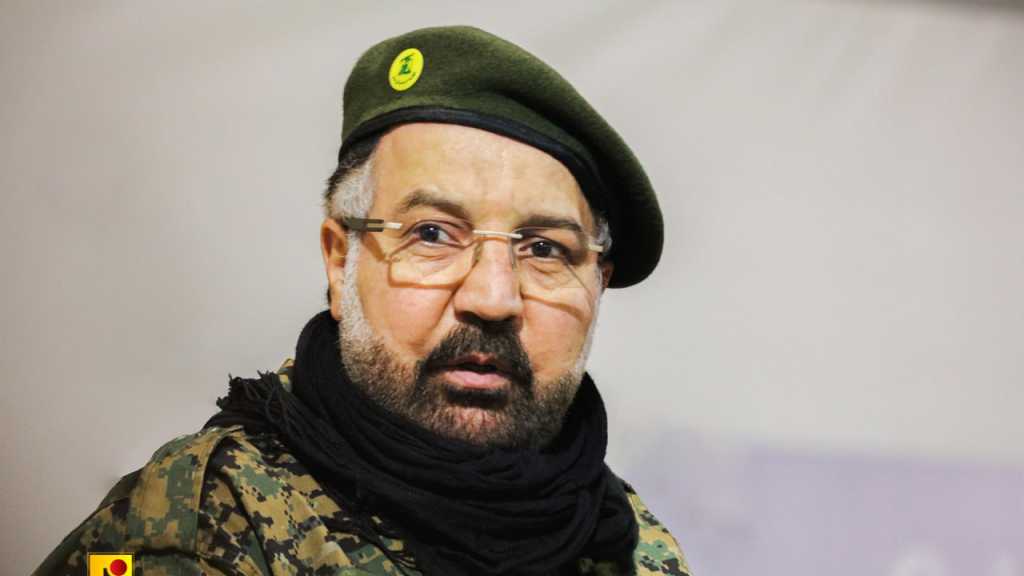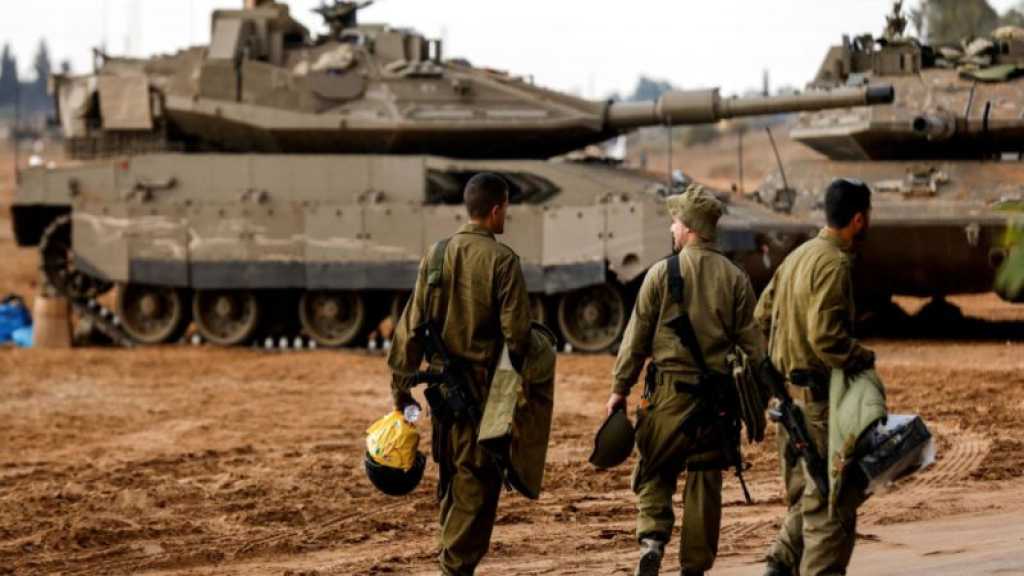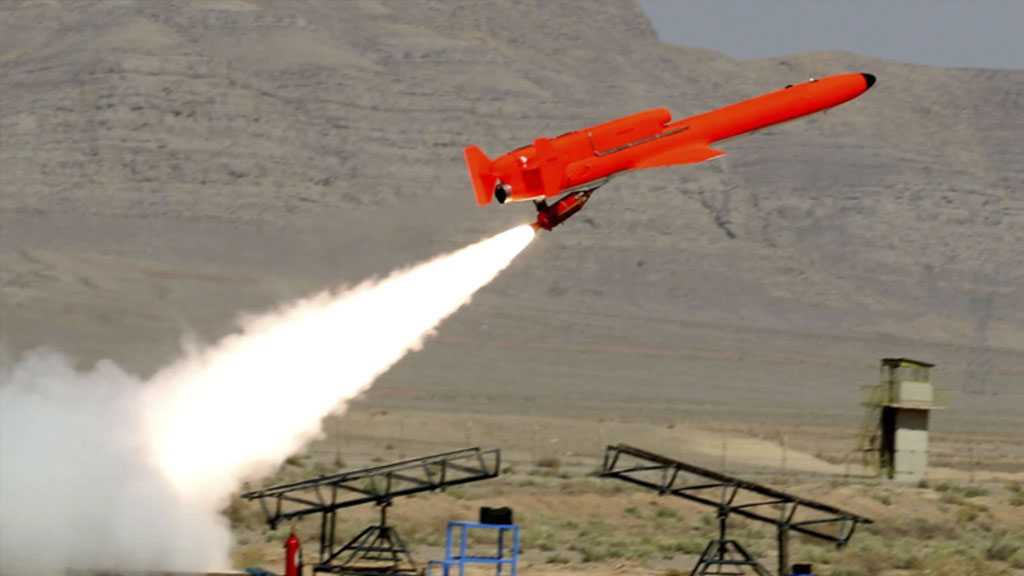What Did Pompeo Do In A Byblos Village?
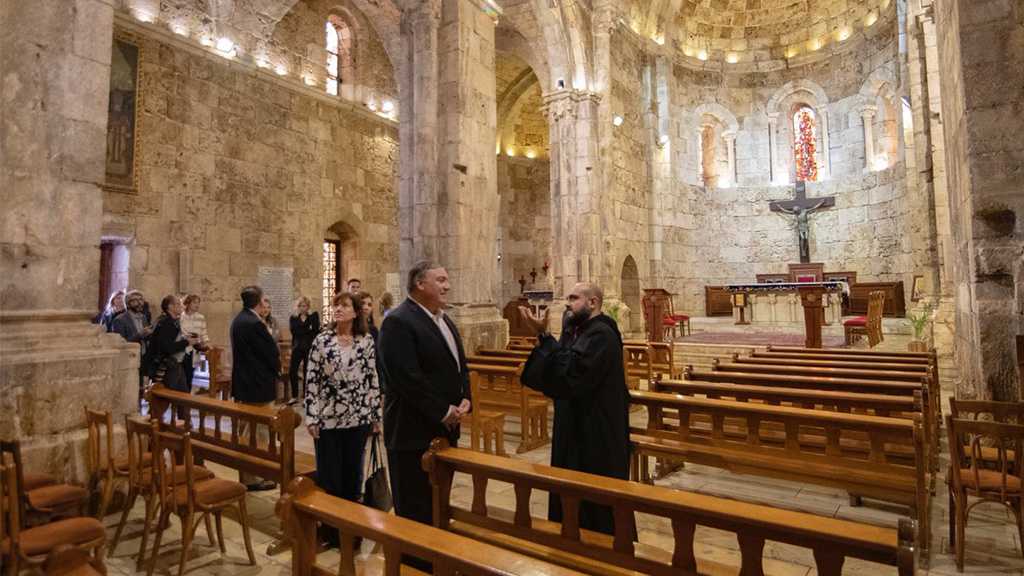
Translated by Staff, Edited from Al-Joumhouriya
The Lebanese newspaper Al-Joumhouria offered background to a visit by US Secretary of State Mike Pompeo to the village of Behdaidat in Byblos [Jbeil].
According to Al-Joumhouria, the objective of Pompeo's unannounced visit to Byblos, and to the village of Behdaidat in particular, was to confirm the establishment of a large military base. The base would receive US deterrence and surveillance fleets while stretching from Hamat base in Batroun to the city of Byblos.
The paper adds that Pompeo's visit to St. John's Archaeological Church was nothing out of the ordinary. But his visit to the small village of Behdaidat, which is called ‘the al-Hourouf area’, was unusual – especially since the place is highly strategic and is home to harsh geographical terrain. It is a hill that takes the form of a ‘delta’ or a ‘horn’ protruding from the ground. It is also ideal for monitoring the entire area of Selaata.
Militarily speaking, this site will give the Americans clear and direct visual contact with their supposed base in Hamat. Hence, no wireless or any other type of communication with that base can be blocked, even though Behdaidat’s Hourouf is also an interconnected and interrelated chain.
The information provided by the paper indicates that the Hamat base demands an observation post in Behdaidat. Military centers generally require a set of observation points, some of which support each other side by side, and ensure uninterrupted communication and contact.
Behdaidat and Hamat form two points overlooking the area surrounding the American naval base. They provide communication and surveillance since their geographical locations support each other in this mission. This will allow the Americans – should they establish military bases in Lebanon – to protect these facilities from chosen geographical positions from Hamat to Jbeil.
Al-Joumhouriya reported that the United States awarded a grant worth half a million dollars for the conservation of a church in Behdaidat. Some wondered why the US did not contribute to the restoration of important and more deeply rooted churches in Lebanon – churches that are incomparable to the humble church in Behdaidat in its geometrical and symbolic importance.
There are even hundreds of ancient archaeological churches that need to be restored, especially those whose congregations outnumber the village of Bheidat. The United States did not even donate small sums for them. Almost half a million dollars, which is the amount allocated to renovate the Behdaidat church, can purchase half of the village’s lands – the price of one meter square of those lands is about ten dollars.
Al-Joumhouriya cites people who have followed up on Pompeo’s visit to Behdaidat saying that the restoration of the church is only a cover for his visit to a spot that was visited by scouts who explored it before him. His visit was intended to conclude the affair. He was to scout, confirm, approve and sign, without overlooking the importance of the base to be established in Behdaidat, which will provide direct visual contact with the main base in Hamat. With this, the Americans will be able to secure a safe defense line from Hamat and Behdaidat to the expected and anticipated diffusion spot.
Military experts explain that Behdaidat “marks the southeastern border of the potential spot for a US presence. It also marks the eastern border of this potential spot by linking it to Hamat. Behdaidat will also provide an observation post where surveillance and air defenses will be focused to protect any future military facility along the shore of Byblos. It will also ensure protection for the marine radars exposing the city’s shoreline by connecting it with other points such as Bejjeh, Chabtine, Zan and Sourat. These points will form the overlooking and governing highland line of the coast from Hamat to Byblos and where the naval base will be built.”
Comments
